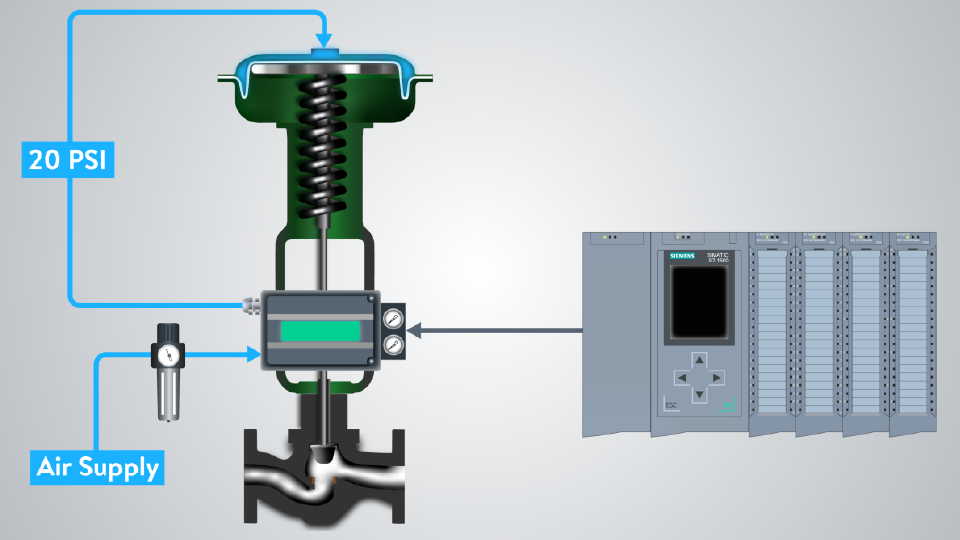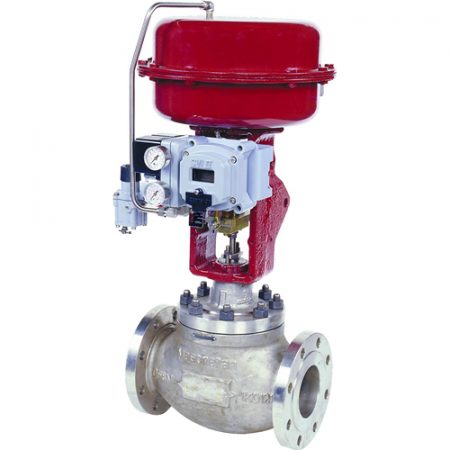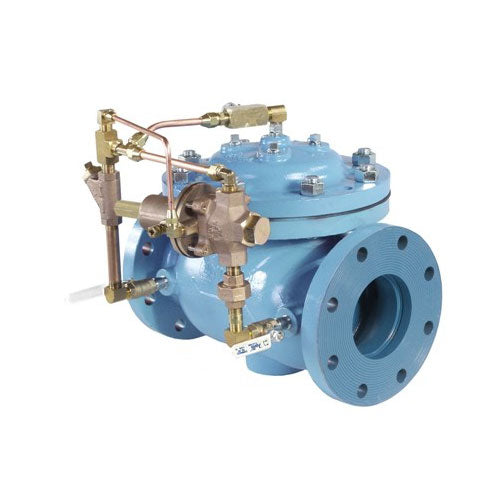Efficient Control Valves: Secret Elements for Efficient System Monitoring

Maximize Energy Financial Savings and Comfort With Advanced Building Automation Controls
In the realm of modern style and facility administration, the assimilation of advanced structure automation controls stands as an essential improvement. The merging of innovation and sustainability has actually birthed a brand-new era where energy efficiency, convenience optimization, and functional streamlining are no much longer attainable realities but remote goals. By harnessing the power of automation, buildings can adapt, react, and evolve in ways that were once unimaginable. The potential for substantial energy cost savings and improved convenience is not simply a promise but a possibility waiting to be fulfilled. This paradigm shift in structure monitoring holds the key to opening a world where environmental conscientiousness and owner health sympathetically exist together within the walls of our structures.
Energy Efficiency Benefits
Power performance benefits can significantly reduce energy usage and operational prices in structures. By implementing energy-efficient techniques and technologies, building owners and operators can attain substantial cost savings while likewise adding to environmental sustainability. One of the main benefits of boosting energy efficiency in buildings is the reduction of utility bills. Energy-efficient systems, such as innovative structure automation controls, can enhance using resources like cooling, home heating, and illumination, causing reduced energy costs gradually.
Moreover, improved power performance can prolong the life expectancy of building tools and systems. By running extra efficiently, a/c systems, light, and other structure elements experience less damage, resulting in lowered maintenance and replacement costs. In addition, energy-efficient buildings often command higher residential or commercial property worths and rental rates, giving long-term economic benefits to owners.
In addition, energy efficiency can enhance passenger comfort and efficiency. Properly controlled indoor settings with optimal lights and thermal conditions create an even more favorable and enjoyable workspace, bring about enhanced worker satisfaction and efficiency. Overall, the power performance benefits connected with advanced building automation controls are complex, encompassing price savings, ecological stewardship, and occupant health.
Enhanced Convenience Control
Enhancing convenience control in building settings requires an advanced combination of innovative automation systems for optimal owner well-being. By making use of advanced building automation controls, facilities can tailor the indoor environment to satisfy the certain demands and preferences of owners. These systems make it possible for precise guideline of lights, temperature, and ventilation, creating a productive and comfy environment. Owner satisfaction and performance are closely linked to thermal comfort, making it vital to have systems in location that can adjust to transforming problems in real-time.
Enhanced convenience control exceeds fundamental temperature changes. It consists of functions such as personalized setups, tenancy sensors, and natural light usage to create a responsive and dynamic environment. By integrating these sophisticated controls, buildings can not only enhance comfort but also improve energy effectiveness by enhancing system procedures based upon real occupancy and use patterns. Ultimately, prioritizing resident comfort via advanced automation systems brings about an extra delightful and much healthier interior atmosphere.
Operational Effectiveness Improvements

Moreover, the execution of real-time monitoring and analytics tools allows building drivers to determine power ineffectiveness and functional anomalies promptly. By continuously keeping track of power usage patterns and system efficiency metrics, changes can be made in real-time to optimize energy consumption and ensure peak operational effectiveness. control valves. Additionally, including demand feedback techniques right into building automation controls can better boost functional efficiency by dynamically changing energy use about his based upon grid problems and prices signals
Indoor Environment Optimization
Effective indoor environment optimization is a fundamental facet of structure automation controls, guaranteeing occupants' comfort and wellness while making the most of power savings. By using advanced sensing units and controls, building automation systems can constantly monitor and adjust temperature level, moisture levels, air high quality, and air flow to create an optimum interior setting. Preserving comfy and consistent problems not just boosts resident satisfaction but likewise boosts productivity and total wellness.
Interior climate optimization also plays a crucial duty in power effectiveness. By fine-tuning ventilation, home heating, and cooling systems based on real-time information and tenancy patterns, constructing automation controls can substantially reduce energy intake - control valves. As an example, applying strategies such as demand-controlled ventilation and thermal zoning can assist decrease energy waste while ensuring that each location of the building obtains the required conditioning.

Lasting Atmosphere Production
Structure automation regulates not only maximize interior environment conditions for power performance and resident comfort however likewise lay the structure for developing a sustainable atmosphere with calculated monitoring of systems and resources. By integrating innovative building automation technologies, such as sensors, actuators, and intelligent software, facilities can readjust and keep track of power use in real-time to reduce waste and reduce their carbon footprint. These systems allow predictive upkeep, determining possible concerns prior to they escalate and enhancing tools performance to enhance long life and performance.
Furthermore, sustainable environment creation extends past power monitoring to encompass water conservation, waste reduction, and indoor air top quality renovation. Building automation controls can regulate water use, identify leaks, and ensure correct waste disposal methods, adding to total sustainability initiatives. Furthermore, by checking and regulating air flow and purification systems, these modern technologies boost resident wellness and efficiency while decreasing power consumption related to heating and cooling operations.
Final Thought
To conclude, progressed structure automation manages deal considerable advantages in terms of energy savings, comfort control, operational effectiveness, indoor climate optimization, and creating a lasting setting. By carrying out these controls, structures can attain optimum efficiency while minimizing energy consumption and enhancing occupant convenience. It is apparent that using innovative automation technology is important in enhancing building performance and producing a more lasting future.
Energy efficiency advantages can dramatically article source minimize power consumption and operational prices in structures. In general, the power performance benefits linked with advanced structure automation controls are diverse, encompassing expense financial savings, environmental stewardship, and occupant health.
Additionally, integrating demand action approaches into building automation controls can further enhance functional performance by dynamically readjusting power use based on grid problems and rates signals.
Structure automation regulates not only optimize indoor climate problems for energy effectiveness and passenger comfort however additionally lay the structure for producing a sustainable atmosphere with strategic management of sources and systems.In final thought, advanced building automation controls deal substantial advantages in terms of energy savings, convenience control, functional effectiveness, indoor environment optimization, and creating a lasting setting.